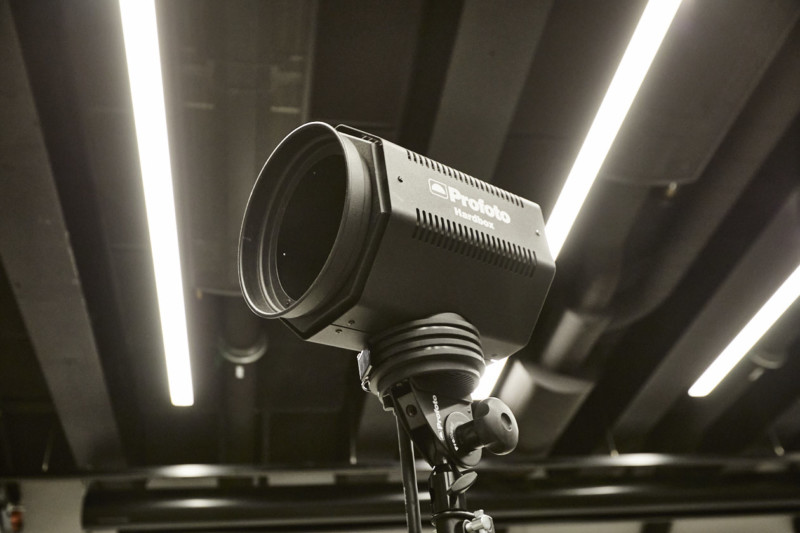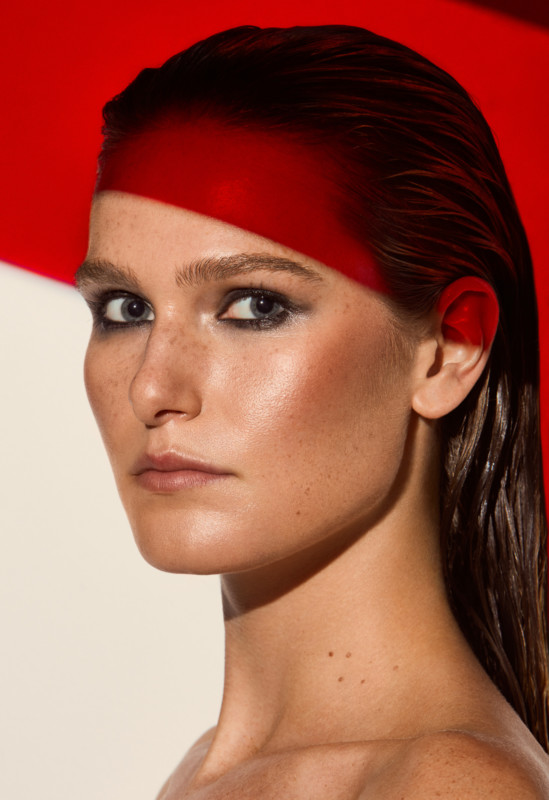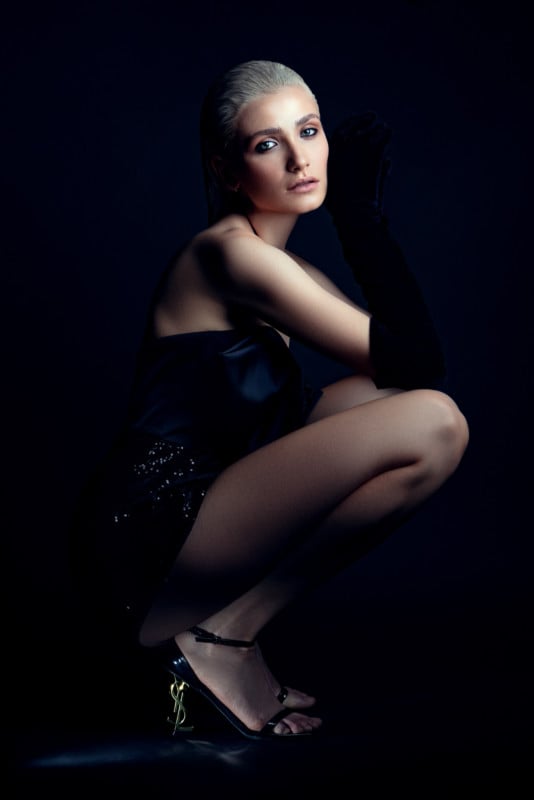Look Beyond the Softbox to Spice Up Your Portrait Lighting
![]()
What kind of lighting do you use as a portrait photographer? Softboxes are great and popular, but that also makes them potentially overused and boring. If you want to spice up your portrait lighting, you can look into expanding your toolbox beyond the softbox and into other kinds of lighting.
Why You SHOULD Use a Softbox
First, let’s take a look at some reasons why you should choose the trusty softbox for your portrait shoot.
“Good” Light in No Time
Some light shaping tools are definitely fairly easy to use. You really can’t go wrong with putting a softbox on your light and firing away. Especially now, when many brands such as Profoto or Godox have added TTL to their lights. It has become almost effortless these days to get good light quickly.
The reason I say “good light,” and not my personal mantra of “no light is good or bad,” is because softbox lighting has become synonymous with good. We all like a nice soft-lit portrait — at least it seems that most photographers and viewers of photos do.
![]()
Any beginner who has little to no knowledge of light will be blown away by the difference a front-facing Speedlite and a softbox will have. I know I was when I first put a softbox on a light. Back then, it seemed like the new breakthrough in my work. Yet, doing the usual perfect light setup for portraits soon became boring and I couldn’t stand making the same picture over and over.
After all, I’m not aiming to be a one-hit-wonder like a-ha or Los Del Rio. I’d rather be like David Bowie and reinvent my work from album to album.
Softboxes Are Everywhere
Another reason to use softboxes is a lot more subtle. It’s that they are simply everywhere. For example, if you rent a studio, you’re likely to find a softbox on a light. For someone who just came to the studio and knows next-to-nothing about light, it will seem only intuitive to wheel the big light in.
Some might even mistakenly believe that the softbox is a permanently attached part of the light (this is an actual story I heard from someone). In a way, your mindset may be the product of people ubiquitously using softboxes.
![]()
Why You Should Consider Looking Beyond the Softbox
Softboxes are great, yet I tend to use a variety of light shaping tools for my work, and softboxes actually come out rather rarely. How come?
Crafting Different Aesthetics
The key to fashion photography these days is to craft an aesthetic rather than execute a setup. Naturally, this implies being able to use any light modifiers and make the light from them fit the brief. Softbox lighting is akin to creating a light setup without giving it too much thought.
![]()
I have found that photographers are often scared to go outside of their comfort zone and pick something different up. That is rather perplexing to me, as there is an endless stream of photos out there that have been lit in exactly the same way. In fact, it can be its own genre of work: boring softbox photos.
Thus, the first reason to not use softbox lighting is that it is potentially boring.
![]()
Standing Out
If you want to make it in the fashion industry, you need to have a way of standing out. Art buyers get thousands of emails a day from various photographers, and when they end up choosing someone, they will inevitably pick someone they remembered. It is unlikely to be an artist whose work looks like everybody else’s.
I’m not saying to not have softbox lighting in your portfolio at all — I’m inviting you to not be afraid to change your light and make it more unique.
![]()
Another reason to stay away from softboxes is for educational purposes. There are over hundreds of different light shaping tools that are manufactured specifically for photographers. There are an infinite amount of objects that can influence light. You can take a simple shower curtain and create some unique looks with it. Another one is a water bottle, one more is a fancy window, and of course, let’s not forget about prisms and mirrors just to name a few.
In the grand scheme of things, it is apparent that softboxes are very much the tip of the iceberg when it comes to lighting. How much more can you create if you choose to raid your local rental house and ask for a Hardbox instead of the softbox?

![]()

Understanding the Raw Nature of Light
Spicing up your light by making a different choice than softboxes will also help you understand not only how individual modifiers work, but also how light works in its raw form. This can be helpful when you start working with scrims, flags, and other modifiers that allow you to sculpt light around the subject.
Sculpting is perhaps the highest form of light shaping, where you are carving out a statue out of raw material. That way, you will be able to pick a light shaping tool that suits you, and if that is a softbox, you will be able to be smarter about using it. Perhaps you will choose to place a grid on your softbox, or perhaps you will angle it in a weird way you hadn’t considered before, or maybe you will put a black flag in front of it because that’s what you need.
This knowledge will only accumulate if you choose to be different from most photographers and not be content with only using softboxes.

Parting Thoughts
I want to stress that I don’t think softboxes are bad or that you are stupid or incompetent for using them. On the contrary, they are fantastic tools that have a purpose to serve, and that purpose is to create soft diffused light. That light isn’t good or bad. It can be appropriate for portraiture or any genre when you make the conscious choice to use such modifiers.
But a softbox is not the right modifier for getting other types of light if that’s what you actually need. The way to be at one with all modifiers is by always keeping an open mind and not being afraid to change sets or rent out a modifier you never tried before. Allow yourself to make lighting mistakes, have mishaps, or even choose the “wrong” modifier at times. If you are unaware of what is not fitting, how can you know what is?
Image credits: All photographs by Illya Ovchar.